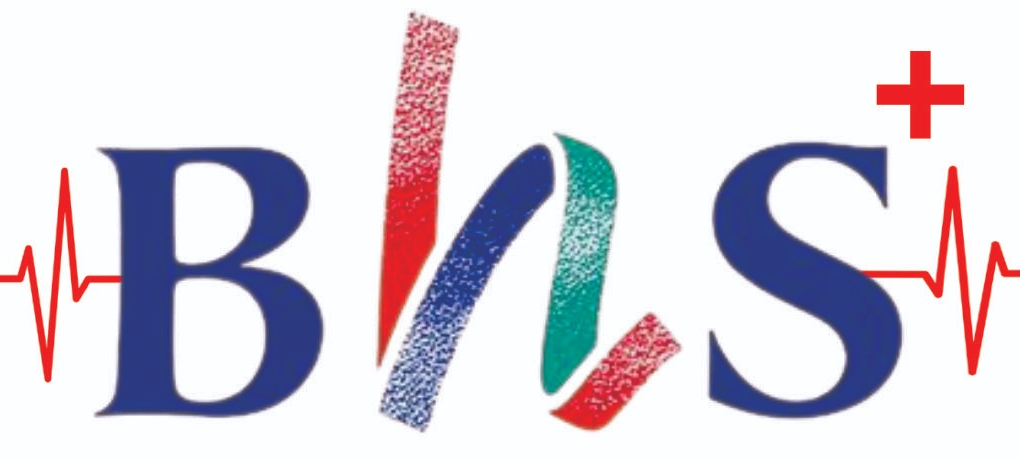- + 91 9900821600
- contact@balajihealthcareservices.in
- Rajajinagar, Bangalore
Specialized Dressing Techniques
Each technique caters to specific wound characteristics, thereby ensuring effective healing while minimizing the risk of complications. Healthcare professionals use their expertise to select the most appropriate dressing technique based on the wound type, the stage of healing, and the patient’s medical condition.
This method involves the use of a vacuum dressing to promote healing in chronic and acute wounds. It helps in reducing wound size, managing wound exudate, and promoting blood flow.
These dressings are designed to create a moist environment around the wound to accelerate healing. They are particularly beneficial for wounds with moderate exudate.
Made from seaweed, these dressings are highly absorbent and are suitable for moderate to heavily exuding wounds. They help to keep the wound moist for better healing.
These dressings are thin, clear, and adhesive. They are used for minor wounds to protect against infection and to maintain a moist healing environment.
Designed to keep wounds moist and facilitate debridement, these dressings are ideal for dry or minimally exuding wounds.
Optimal Wound Care with Our Dressing Services
At Balaji Healthcare Service, we understand the critical role that proficient wound care plays in the healing process. Our comprehensive dressing services are designed to provide tailored care for diverse wounds, ensuring optimal recovery for our patients.
Our team of experienced nursing professionals specializes in addressing a wide array of wounds, from minor cuts and abrasions to more complex surgical incisions or chronic ulcers. Each patient receives personalized care, where our experts assess the wound, its condition, and the patient’s specific medical requirements.
We utilize a range of cutting-edge dressing techniques designed to suit various wound types and stages of healing. Whether it’s Hydrocolloid, Alginate, Transparent Film, Hydrogel dressings, or Negative Pressure Wound Therapy (NPWT), we employ the most appropriate technique to facilitate the best recovery outcomes.
Our services focus not only on wound management but also on the overall well-being of the patient. We prioritize patient comfort, pain management, and infection prevention, ensuring a conducive environment for effective wound healing.
We believe in educating patients and their caregivers about wound care. We offer guidance on dressing changes, monitoring for signs of infection, and the essentials of wound healing, empowering individuals to participate in their recovery process.
Our dedication to patient-centric care extends beyond healthcare facilities. We provide comprehensive dressing services in the comfort of your home, ensuring continuity of care for patients with mobility constraints or those seeking personalized, in-home services.
Hear from our happy patients
The care I received from Balaji Healthcare Services exceeded my expectations. Their attention to detail and personalized approach are impressive.
Balaji Healthcare Services has been a game-changer for our family. Their compassion and commitment to our loved one’s well-being have been exceptional.
The professionalism and kindness of the staff at Balaji Healthcare Services are truly commendable. They made our difficult time more manageable and comforting.
Doctors
Happy Patients
Medical Beds
FAQs regarding dressing services
Wound dressings serve several purposes: they protect the wound from contamination, aid in the healing process, absorb exudate (fluid from the wound), and help maintain a moist environment conducive to healing.
The frequency of dressing changes depends on the wound type, its condition, and the type of dressing used. In most cases, dressings are changed every 1 to 3 days, but this can vary based on the wound’s status.
Signs of wound infection may include increased redness, warmth, swelling, or a change in drainage color or odor. Additionally, persistent pain, fever, or delayed healing might indicate an infection and should be reported.
This depends on the type of dressing. Waterproof dressings or those secured with a protective covering might allow for showering without compromising the dressing. Always consult your healthcare provider for specific instructions.
Yes, our services often extend to in-home care, where our skilled nurses visit patients at their residence to perform wound assessments, dressing changes, and wound care instructions.
If the dressing becomes soiled or wet, it’s crucial to have it changed to maintain a sterile environment for healing. Contact your healthcare provider or nursing team for guidance on what to do if the dressing is compromised.
Yes, there are various dressing types, each designed for specific wound conditions. This includes dressings for burns, chronic wounds, surgical wounds, and ulcers, among others. The choice of dressing depends on the nature of the wound and its stage of healing.




